Holly Aubichon, Modern Medicine (detail), 2021, oil painting on stretched canvas
Guest curated by Tomas Jonsson.
Urban Legends honours Holly Aubichon’s relatives, growing up in Canada’s violent, forceful attempt to assimilate Indigenous people. In these works, Holly pieces together stories of relatives, symbolically recovering and restoring them to her circle.
Due to their weight, these stories come in glimpses; short conversations or a passing memory shared on the road. Holly has collected these fragments and reimagined them through her paintings, removing colonial filters and restoring the stories in a way to build a better understanding and connection.
Art is healing, a way to document and preserve her paternal lineage while placing herself as the leading matriarch within these painted narratives. Her paintings depict intimate urban interiors, where individuals do their best to continue traditional ways while adapting to contemporary urban realities.
Holly's family had to be tough, living in both worlds of figuring out how to cope in the city, and with the effects of residential schools: homelessness, prostitution and addiction. Her paintings reimagine their stories of suffering and loss to envision what stories they might have shared with memories of joy, accomplishment, and moments in ceremony.
Holly Aubichon investigates topics of urban Indigeneity and how ancestral knowledge is carried through to urban spaces using memory recollection, the land, and body through forms of painting, writing, tattooing and curation. Born and raised in Regina, Saskatchewan, her Indigenous relations come from Green Lake region, SK and Lestock, SK. Aubichon’s practice is laboriously reliant on retracing familial memories and connections. She uses painting as a way to foster personal healing. As an extension of her practice, she has begun a traditional Indigenous tattoo mentorship to acknowledge the memories that bodies hold, support the healing, grieving and the revival of traditional tattoo practices. She graduated from the University of Regina in the Spring of 2021 with a Bachelors of Fine Arts, minoring in Indigenous Art History. Aubichon is the 2021 BMO 1st Art! Regional winner for Saskatchewan.
Essay ↑
Restorying Kin
By Tomas Jonsson
2025
In Urban Legends, Holly Aubichon presents an intimate and powerful archive of resilience, memory, and kinship. Her work honours the lived experiences of her family—Métis relatives shaped by Canada’s violent, assimilative policies—and reconstructs their stories through a matriarchal lens. Blending memory, material culture, and inherited trauma, Aubichon reclaims narratives that were once fragmented or buried. What emerges is a healing practice that situates painting as both a vessel and a living relation.
At the heart of Urban Legends is a gesture of restoration. Aubichon collects the fragments—glimpses shared in passing, fleeting memories triggered by a photograph or a car ride—and stitches them into full-bodied visual narratives. These paintings become acts of reimagining: she removes the colonial filters that shaped how Indigenous lives were misrepresented or erased, offering instead a self-determined visual language rooted in family, love, and survival. Her process is layered and affective, guided not by linear storytelling but by how stories come to her.
This episodic and affective structure is central to Aubichon’s methodology. Rather than imposing closure, her work opens up space. A boarded-up house becomes a site of memory. A couch in a painting doubles as a place to sit and feel. She uses the built environment as a mnemonic device—domestic space not as a backdrop, but as an active, relational entity. This sensibility carries into the installation, which creates an embodied, visitable version of home.
The city, too, becomes an important player. Far from representing loss or disconnection, the urban context in Aubichon’s work is where cultural continuity and innovation reside. Her subjects navigate the in-between spaces of tradition and adaptation—continuing ceremonial practices while facing systemic realities like homelessness, addiction, and intergenerational grief. Yet these aren’t stories of defeat. Aubichon reclaims them with tenderness, imagining what joy, pride, or ceremony might have looked like for her relatives had they been given the space to tell their own stories.
Aubichon positions herself within these narratives—not only as artist but as matriarch. Her work speaks to Indigenous kinship teachings, where relationality transcends biology. She honours chosen family: those who have shown her what it means to care and nurture in the face of hardship. The tattoo network, the meals shared with painted family members, the belt hung with personal and familial objects—all become extensions of her practice. The artworks and belongings bridge generational knowledge and modern care.
Her father’s presence figures prominently throughout Urban Legends. A gifted but untrained painter, his legacy is lovingly realized through his contributions to the exhibition. Their ongoing conversation demonstrates the generative tension between memory and silence. “My Dad doesn’t disclose until something triggers to be said,” Aubichon notes, highlighting how Indigenous people share storiesoften follows its own rhythm, one that respects both the wound and the act of disclosure.
In newer works, Aubichon’s paintings become “living objects,” transformed through coexistence with others—artists, family members, or new viewers. These objects are not static; they travel, they return, they teach. Her monumental painting Untitled (wâhkôhtowin), for instance, will be used as a teaching tool in Banff before being reinstalled in the gallery. This cyclical movement mirrors Indigenous principles of relationality: works gain meaning through use, through context, through presence.
Throughout the exhibition, Aubichon is intentional about when and how stories are shared. Some works will only be installed after the opening, signifying the importance of the artist’s presence to fully activate them. This refusal to rush or finalize the narrative is part of her larger methodology. In her words, “some stories are only told when the person is there.” This approach embraces art as an active site of relationality.
The domestic staging of the gallery invites visitors to dwell, to sit with the work, and perhaps to be moved in unexpected ways. As with a photo album, each painting acts as a portal into shared history. Aubichon describes how she returns to specific photographs, drawn to their unspoken stories, their sense of style and character even in poverty. This coming-into-photographs is echoed in her painting process, where these images become entry points to healing and reconnection.
Urban Legends is a multigenerational conversation, a medicine bundle, and a living archive. It honours those who came before, while imagining what might have been said, worn, or felt.. In this way, Aubichon not only paints her family into presence; she invites us to witness and remember alongside her.
Artists ↑
Images ↑
Photos by Don Hall

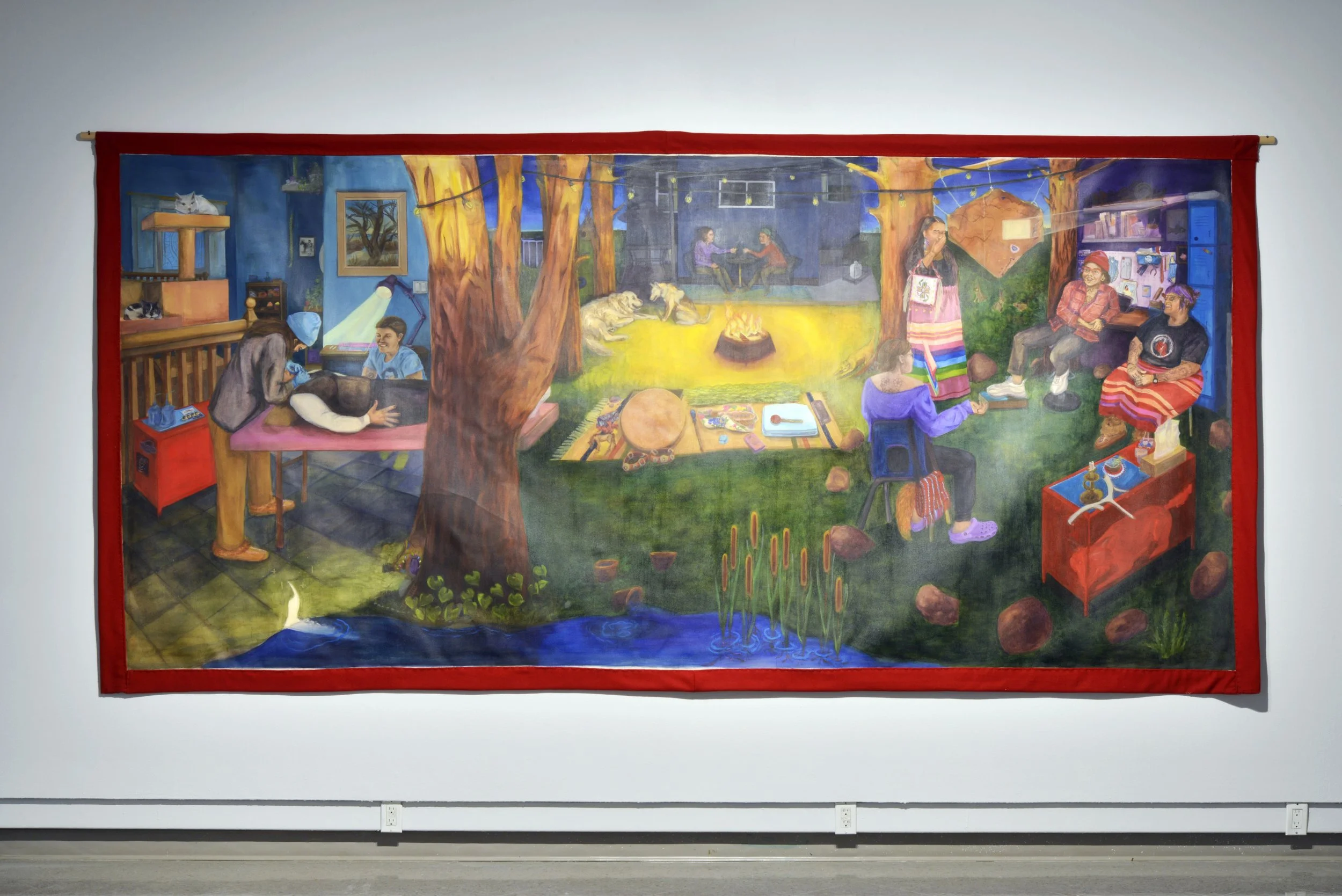


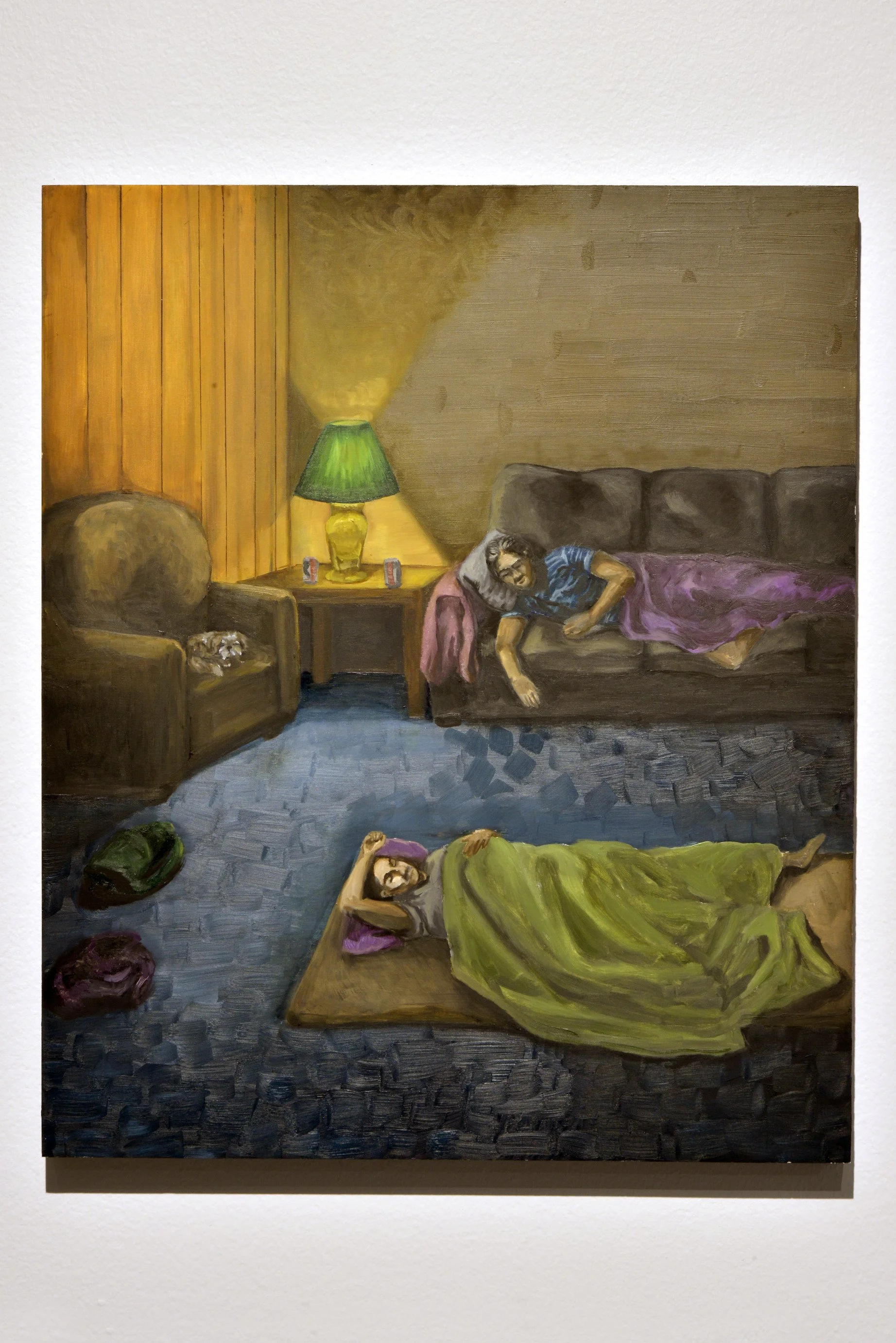

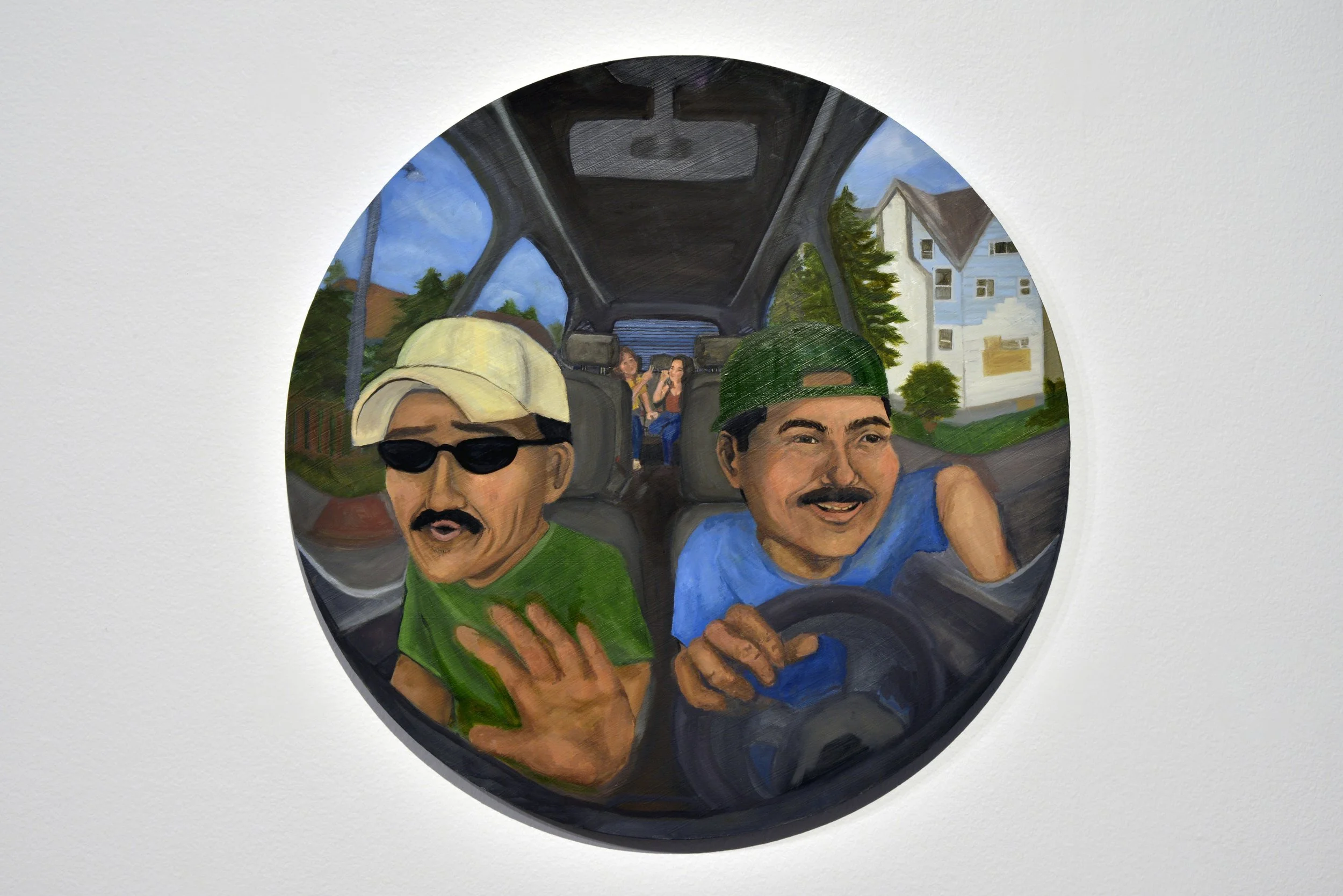
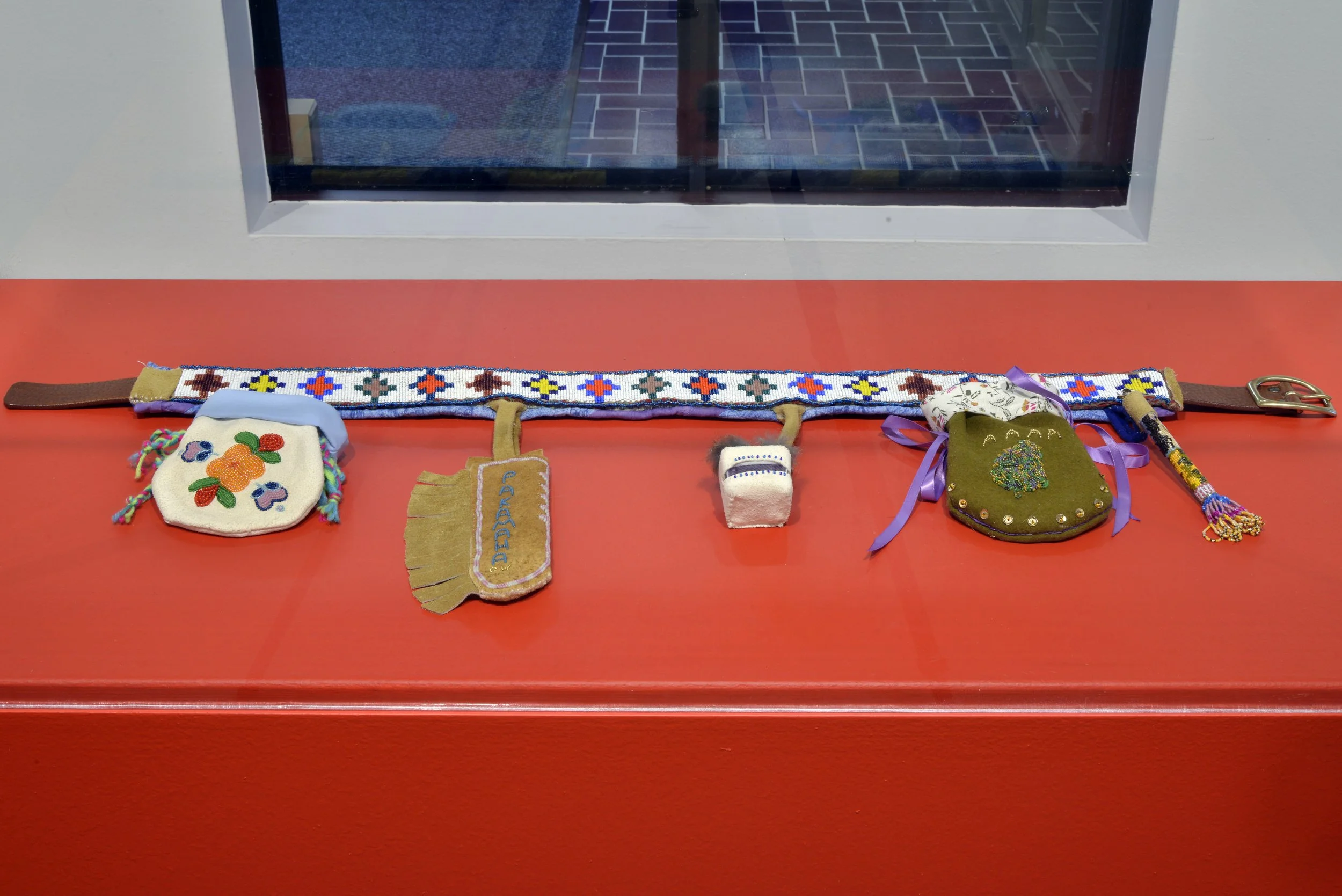
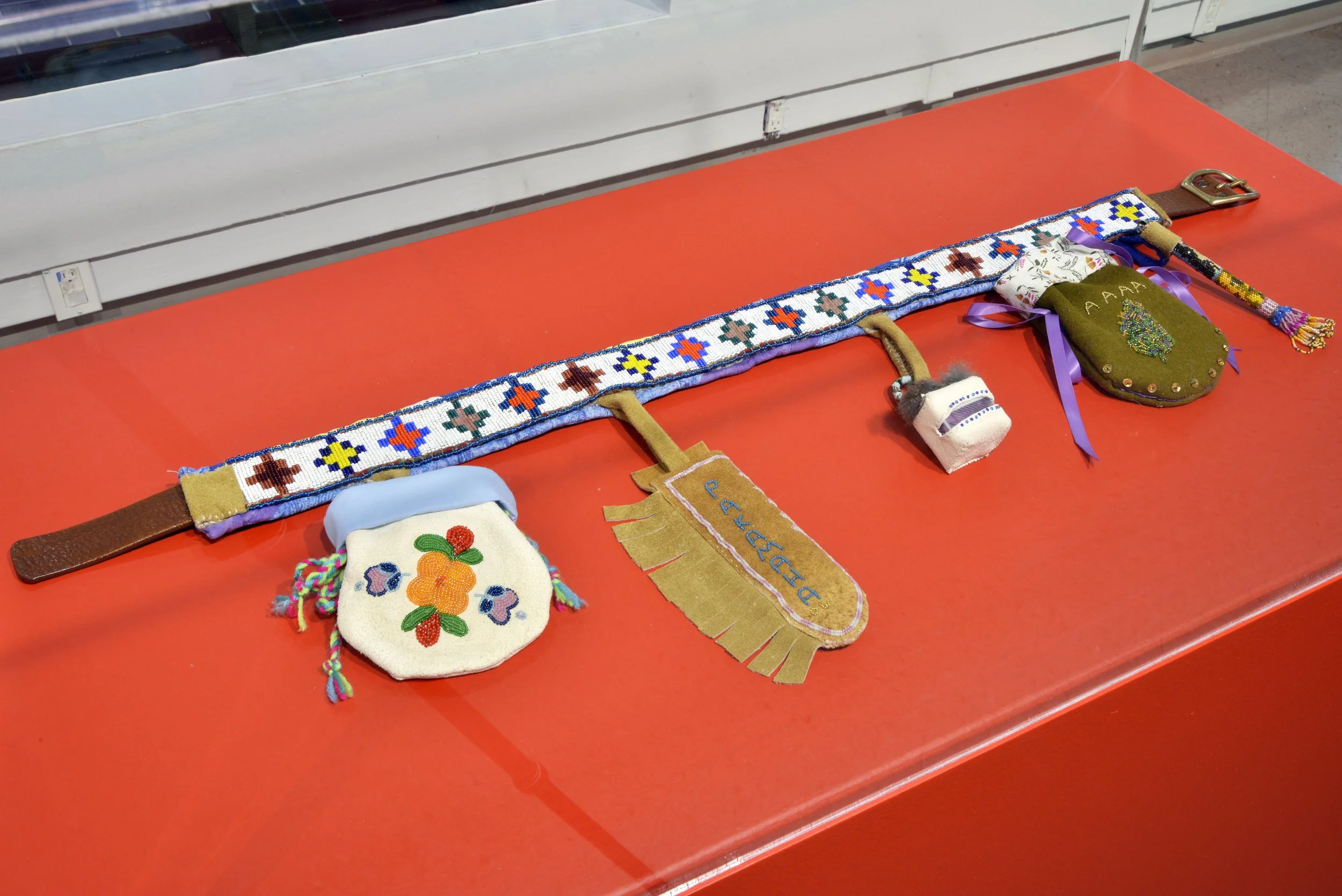


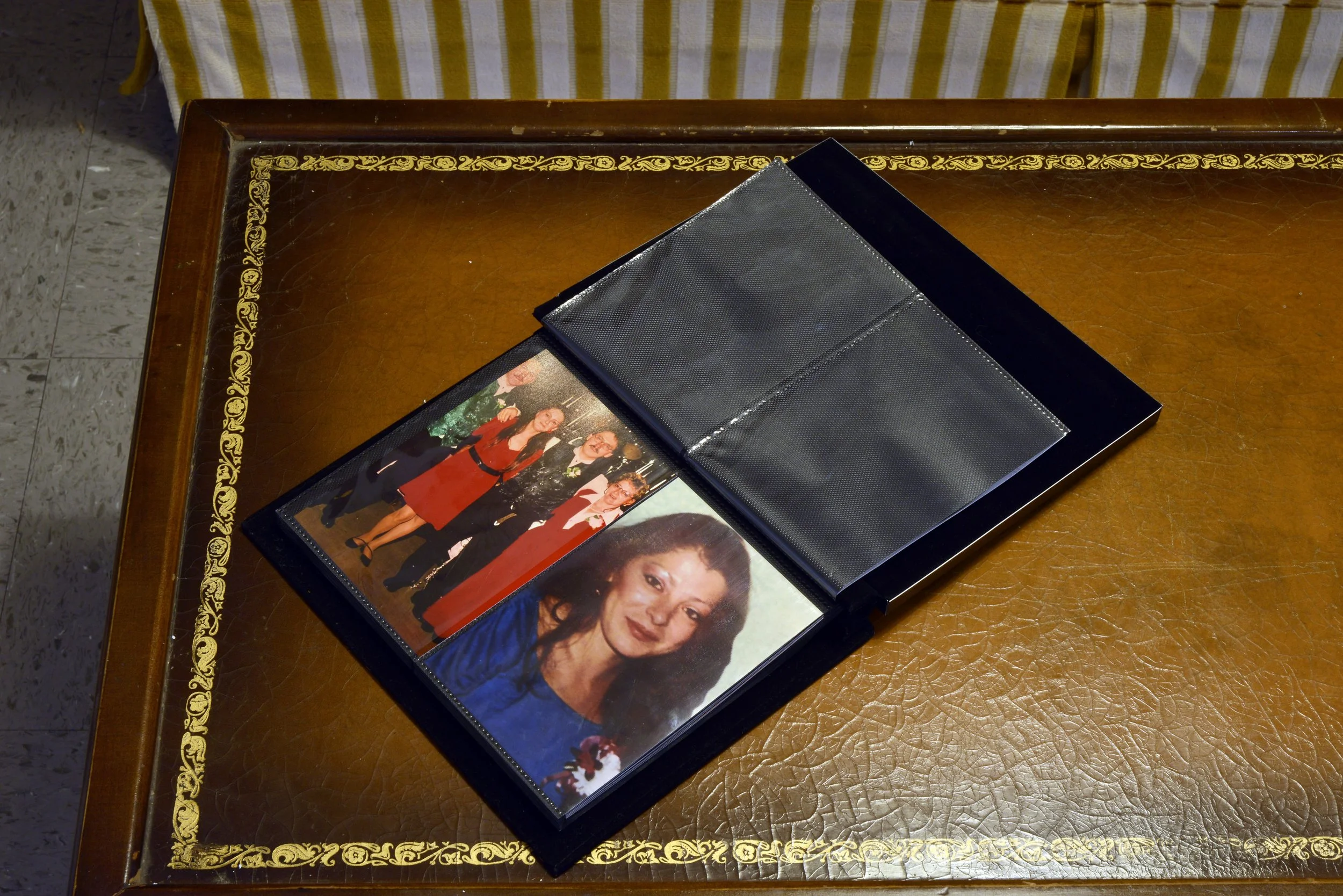



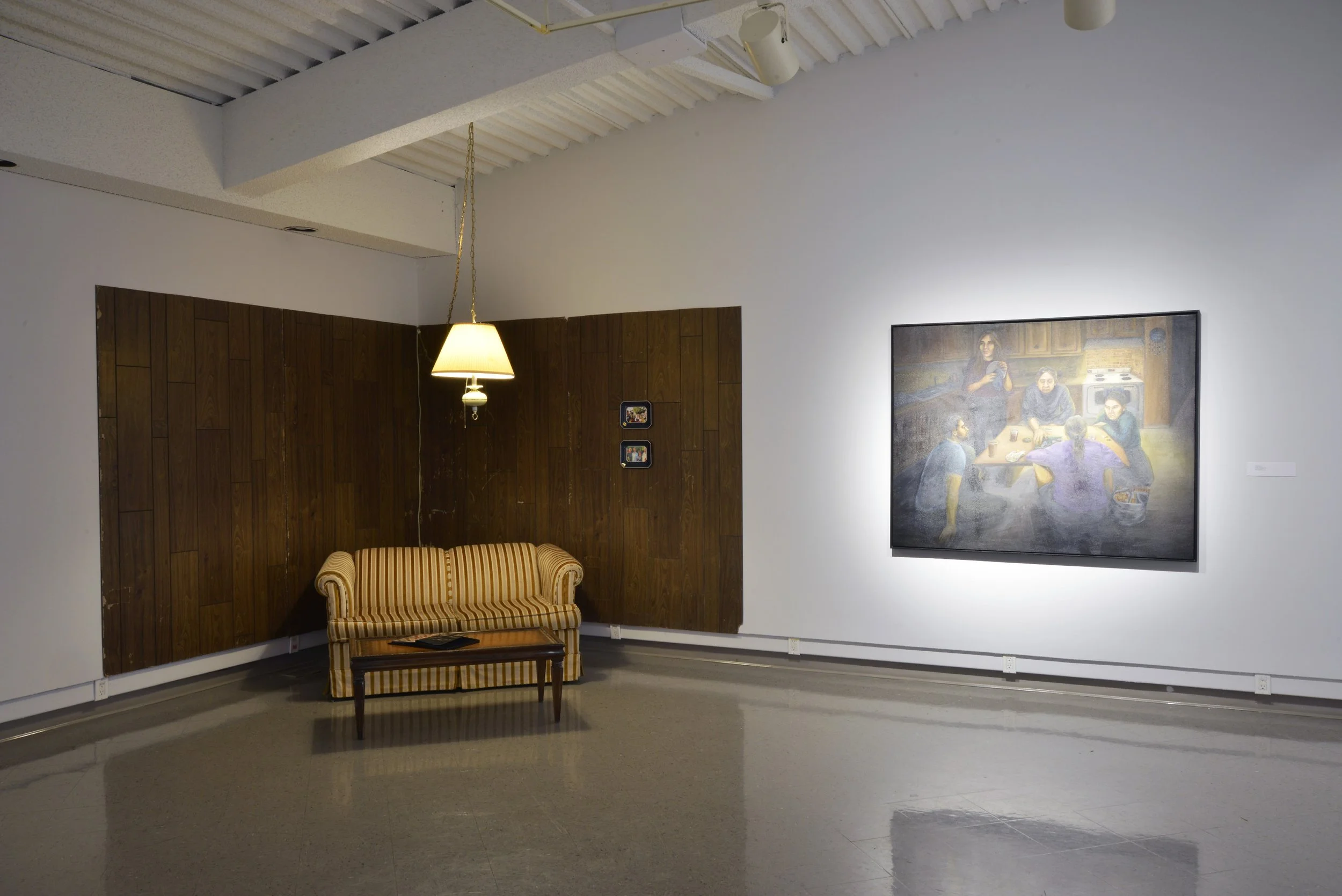

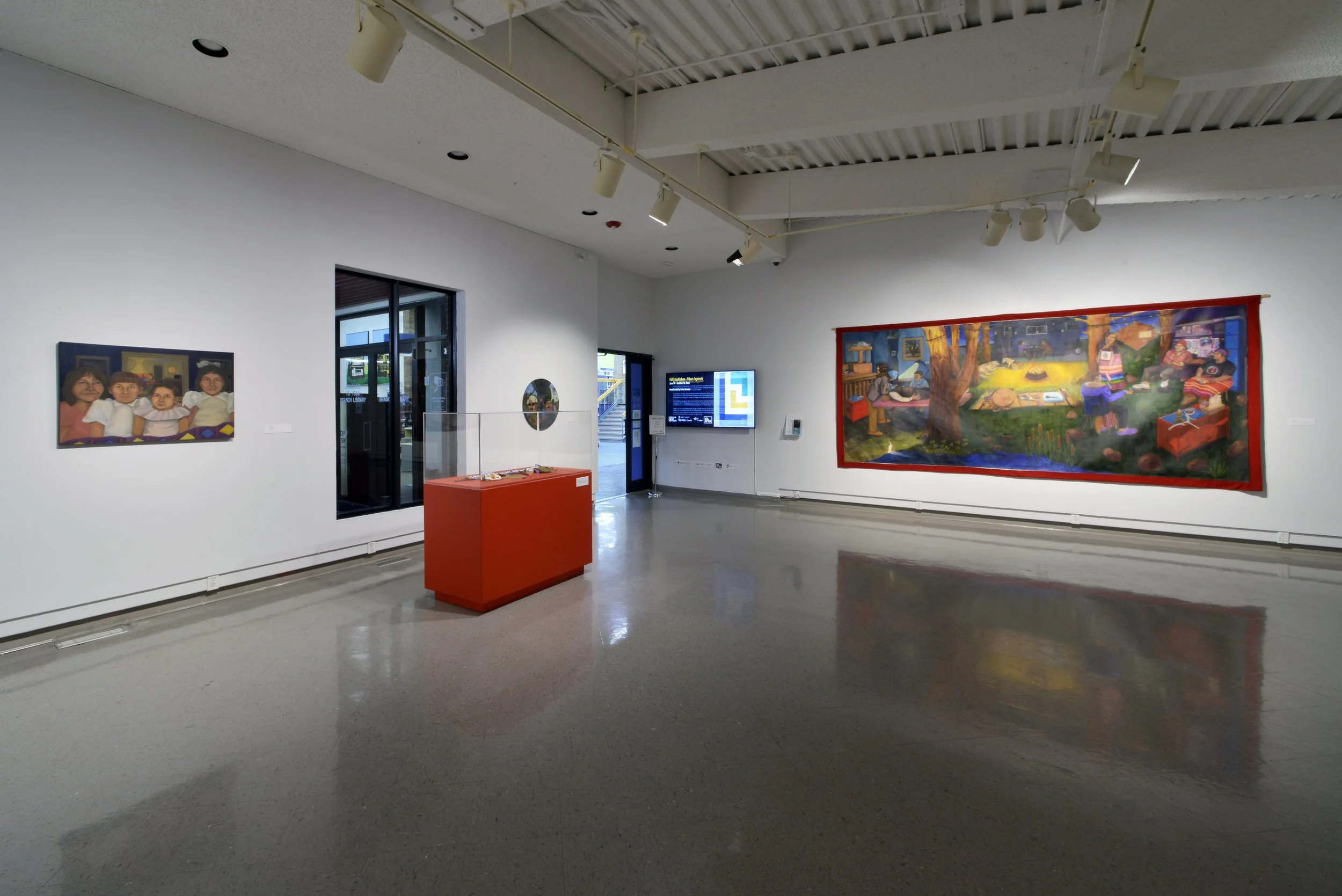
Media ↑

